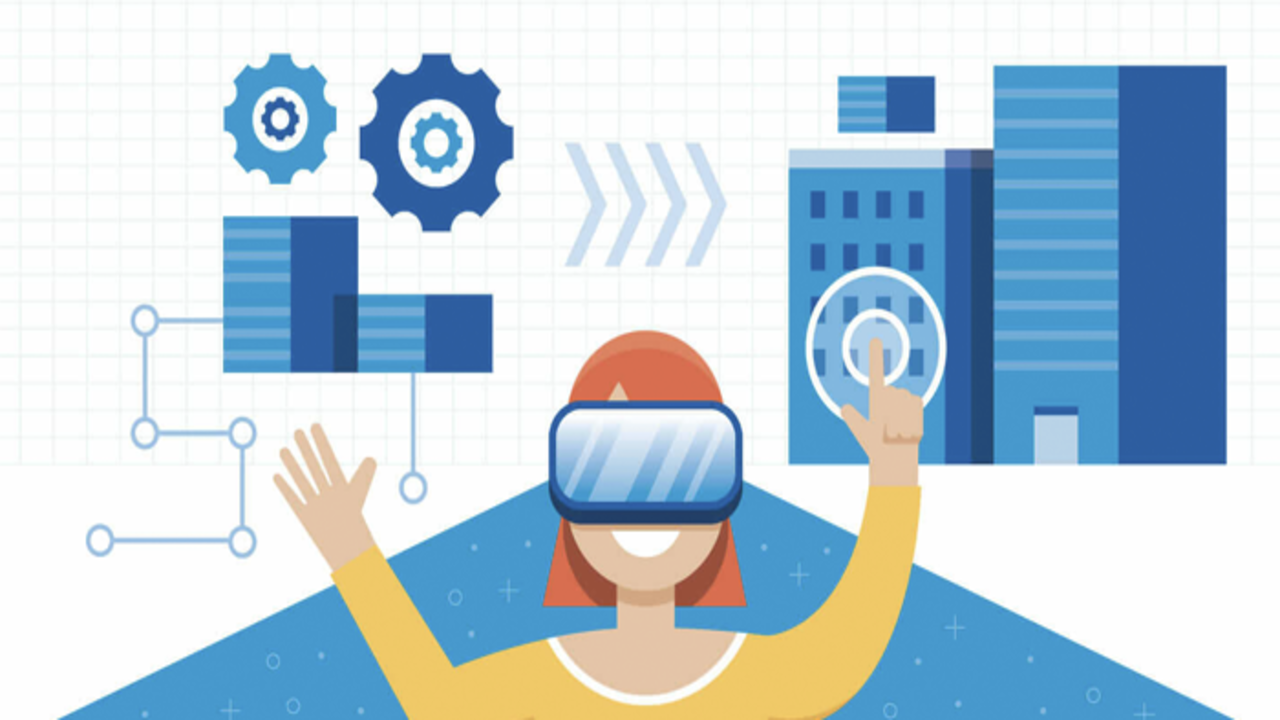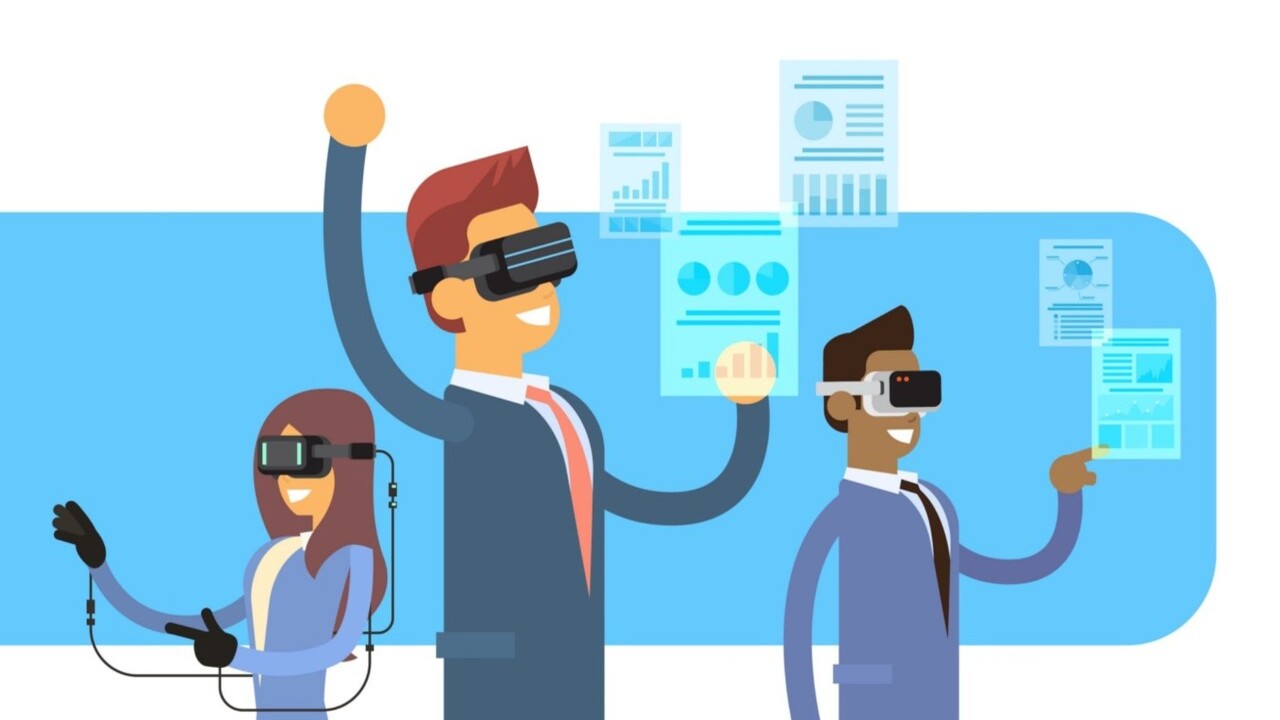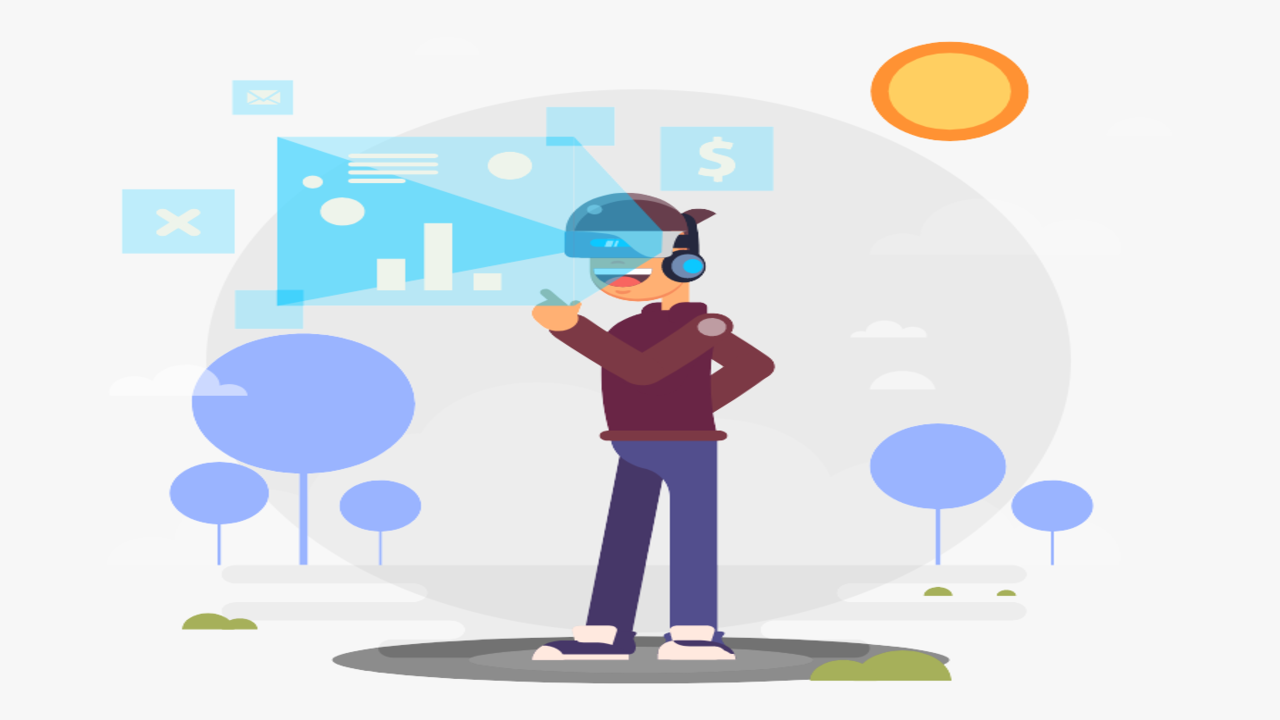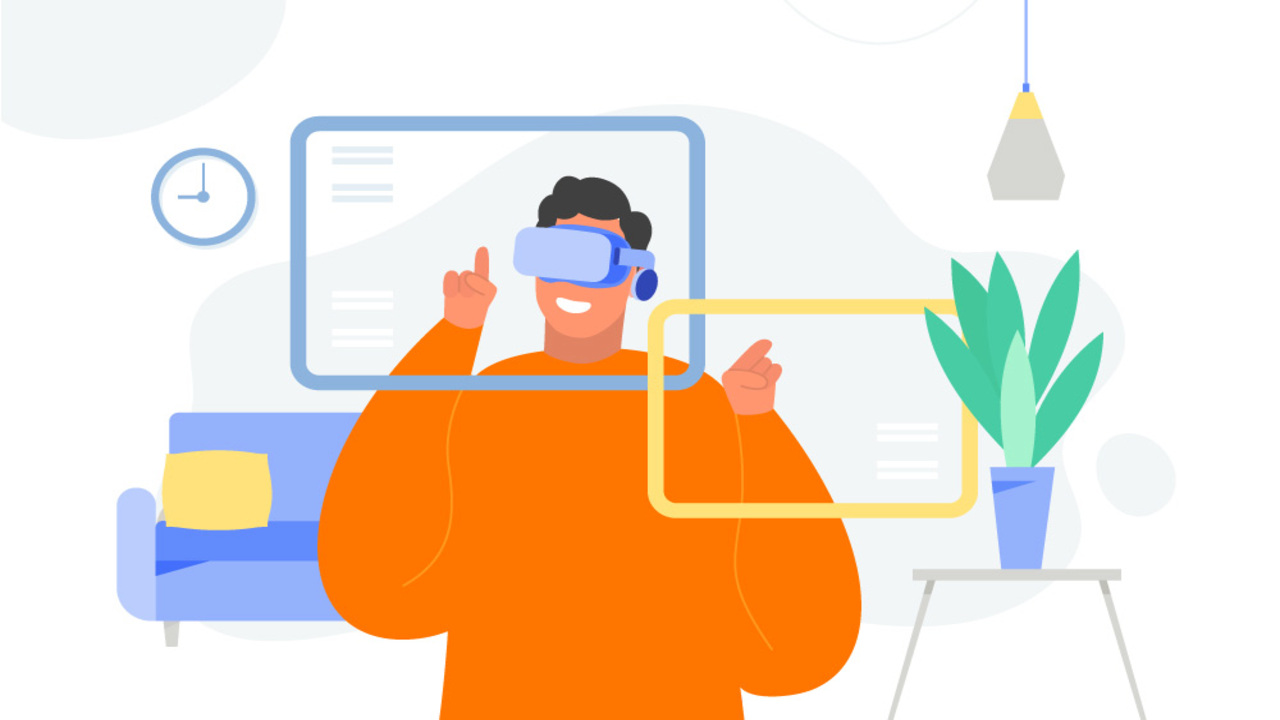VIRTUAL REAL WORK
Today, the educational sphere faces challenges that it did not know before. Mobile apps, online classes, and virtual reality have become part of everyday life and are radically changing the learning process. With the development of the internet, we receive more and more information every day. Some media outlets even say that a modern person is able to maintain mindfulness for only 8 seconds – even less than a goldfish. Of course, it's not so bad. It is almost impossible to measure the average mindfulness "by ward", because it depends on many subjective factors. But some figures can still show how our behavior has changed under the influence of technology.

ABOUT US
A 2012 study found* that 95% of U.S. students and students take their phones with them to class, and 92% use them to chat with friends while studying. It is quite possible to assume that in 2021 these figures will only grow around the world. Along with them, there is growing tension in the debate between proponents of technology and those who advocate banning the use of phones for training. Although both sides have their own arguments, one thing is for sure: smartphones and other technologies have become a part of our lives, so the logical step for the education system is to understand how to take advantage of them.
In addition to mobile apps, EdTech platforms, and remote monitoring devices, there are two technologies that you should pay special attention to when talking about learning. This is virtual and augmented reality. It is these technologies that will form the latest education system.
Virtual reality can help teachers and students:
Virtual reality is popular not only among teachers, but also attracts significant investment. In a study by Perkins Coie in 2018, the education sector ranked second in this indicator. Virtual reality in education is supported by both foundations and communities.
Immersion teaching methods
These interactive tools also include virtual and augmented reality technologies. First, you need to understand what these technologies are and what is the difference between them. Augmented Reality (AR) technologies are able to project digital information (images, videos, text, graphics) outside the screens of devices and combine virtual objects with the real environment. The popular Pokemon GO game a few years ago is a prime example of AR technologies. Virtual reality (VR) with the help of a 360° image transports a person to an artificial world, where the environment is completely changed. You can get acquainted with augmented reality with just one smartphone, but to immerse yourself in virtual space, you will need a special helmet or glasses.
These immersive teaching methods can potentially become the main tool in education and revolutionize the education of both schoolchildren and students. Teachers can use virtual and augmented reality to interact with various objects in three-dimensional space. For example, while studying the solar system, children will not just be able to look at boring drawings in a textbook, but really immerse themselves in outer space thanks to a virtual reality helmet. Just imagine that your child is flying between planets, learning their secrets.


What are the benefits of AR and VR for learning
Virtual and augmented reality technologies give students the opportunity to study subjects more deeply, analyze the consequences of world events, participate in archaeological expeditions and much more, and most importantly — in an entertaining way. AR and VR provide an experience that students don't normally have access to.




5 facts in favor of immersive technologies:
In virtual space, you can view any process or object in detail without interference, which is much more interesting than looking at the pictures in the textbook. For example, through the Anatomyuo app, you can study the structure of the body in the smallest detail, and Operation Apex will show you all the riches of the underwater world.
In a virtual environment, a person will not be distracted by external stimuli, which will allow them to fully focus on the material.
Immersive technologies allow you to fully control and change the scenario of events. The student can witness historical events, conduct an experiment in physics or chemistry with their own hands, or solve a problem in a playful and understandable form.
With the help of VR and AR technologies, you can perform a complex operation, control a sports car or even a space shuttle, conduct an experiment with dangerous chemicals and at the same time not harm yourself or others.
Scientists at the University of Maryland conducted a study in which they asked two groups of people to remember the location of certain images. During the experiment, one of the groups used virtual reality helmets, the second — ordinary computers. At the same time, the group that studied images using VR helmets showed a result 10% higher than the participants in the other group.
Need Help?
FAQs
Questions that are relevant for clients and beginners.
How does Virtual Reality help teachers and students?
– better perceive complex information and gain new skills;
– process a lot of information and present it interactively;
– demonstrate and apply the theory during the lesson;
– understand how to use this knowledge in practice;
– encourage students to participate in the learning process.
Why is the virtual reality learning app so popular?
Virtual reality does not change the fact that teaching is the prerogative of teachers. Technology can only complement the learning process, not completely replace the teacher. But they provide a variety of tools to demonstrate 3D projections, encourage remote learners to use interactive whiteboards, organize hands-on activities, and more.
The main advantage of using VR?
Virtual reality offers many opportunities for educational institutions and EdTech companies. It helps to restart the learning process and restore students ‘ interest. But the most important thing is that its benefits can be felt by everyone – from schoolchildren to doctors.
REVIEWS
What People Say
Here you can find reviews left by our users and customer base.


PREORDER NOW
If you would like to try using virtual reality in your schools or have any questions, please fill out the contact form.